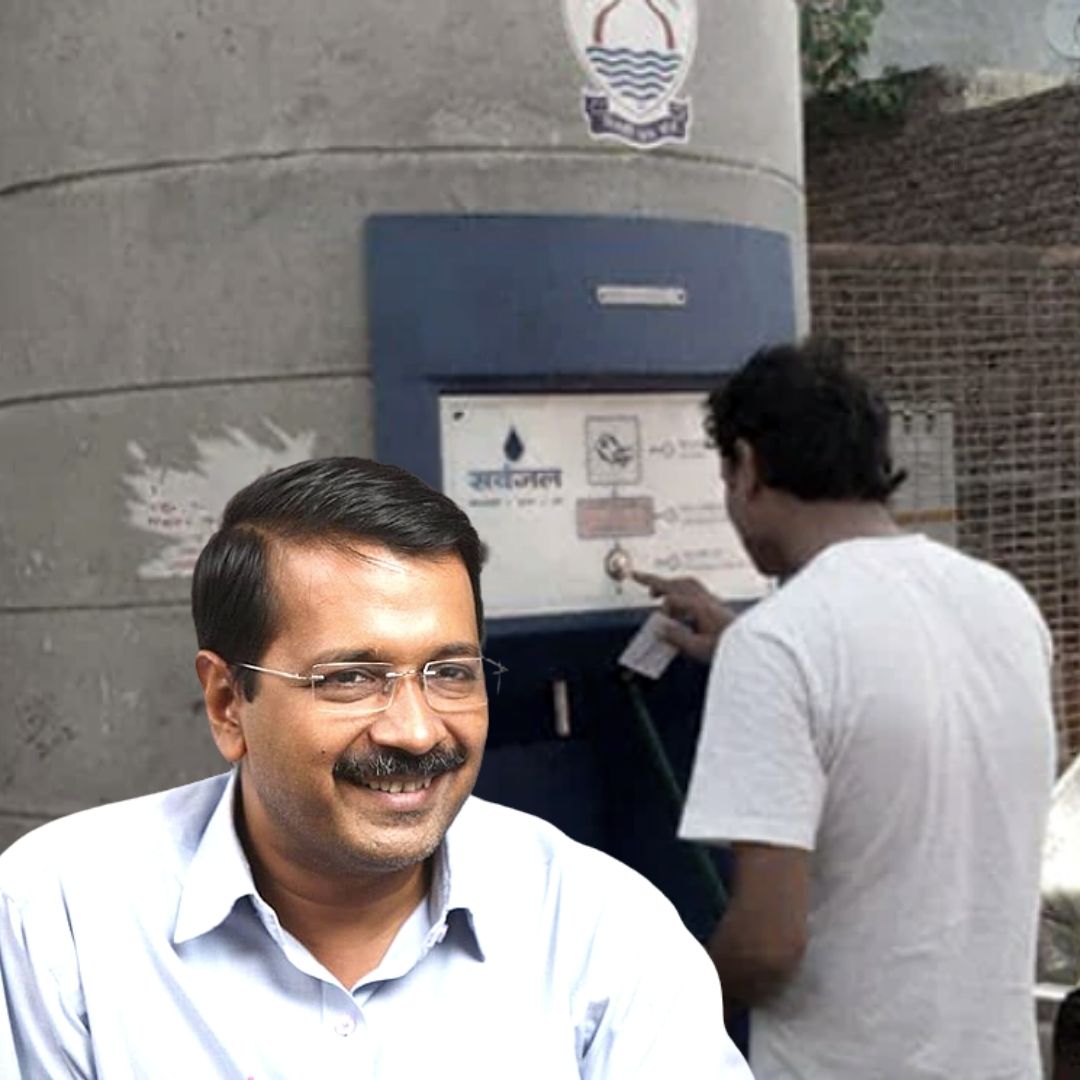Delhi Govt Floats Pilot Project To Launch Water ATMs In Slum Clusters
Writer: Ratika Rana
Her primary objective is to inform, promote, educate and cultivate readers through writing.
Delhi, 24 March 2022 8:39 AM GMT
Editor : Ankita Singh |
A literature lover who likes delving deeper into a wide range of societal issues and expresses her opinions about the same. Keeps looking for best-read recommendations while enjoying her coffee and tea.
Creatives : Ratika Rana
Her primary objective is to inform, promote, educate and cultivate readers through writing.
Officials from the government explained that a Delhi Jab Board tanker carries roughly 3,000 litres of water, and the aim is to replace the tankers with water ATMs, which can hold up to 30,000 litres of water.
The Delhi Government, led by Chief Minister Arvind Kejriwal, has floated a tender for installing 30 water ATMs in slum clusters with reverse osmosis systems. The project aims to reduce inconvenience to residents who depend on water tankers for their daily needs. Thirty water ATMs, with 30,000 litres, would be installed in several locations by the end of April as a part of the pilot project. A tanker from the Delhi Jal Board (DJB) carries nearly 3,000 litres of water. Therefore, the vision is to replace water tankers with water ATMs.
Water Tanker Gets Empty Within 15 Minutes
NDTV reported the government official saying, "We have floated a tender for installing 30 water ATMs. March-end will open the bids. The plan is to install 1,000 more such ATMs on the existing tube wells in JJ clusters (slum clusters) by August". The planned water ATMs would operate round the clock, and thus, the slum residents would not have to stand in long queues to fill their buckets. The official informed that a tanker gets empty within 15 minutes of reaching the destination, and in many cases, the tanker does not even reach the location.
RO Systems To Purify 80% Of The Water
Now, RO-filtered water would be available to the residents 24x7. The water ATMs will be installed on the existing tube wells at government facilities, such as those belonging to the Delhi Urban Shelter Improvement Board. Moreover, the DJB is also discussing the allotment of a card to the families in the slums to ensure that every family can avail a minimum quantity of water every day.
The government will use advanced RO systems in the vending machines to minimise water loss in the purification process. The filtering systems would be able to purify 80 per cent of the total water. The remaining 20 per cent of non-potable water would be collected in separate tanks and used in other activities like bathing and washing.
Also Read: India Lost 3 People In Every Two Days Due To Illegally Distilled Liquor In 2020
 All section
All section















